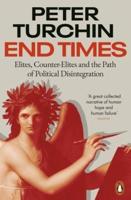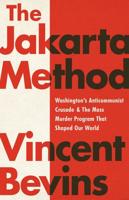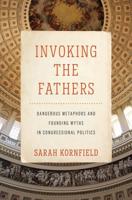Publisher's Synopsis
Since its legal foundation in 1993, the European Union has been challenged by three concurring developments. Its decision-making bodies groaned under burgeoning legislative activity, and Eastern enlargement was expected to limit law-making efficiency. At the same time, European citizens grew wary of EU politics and increasing integration. This book explains how European governments handled these challenges and, step-by-step, agreed on significant reforms which led to the signing of the Lisbon Treaty in December 2007. Drawing on unique survey data, European Integration and Its Limits provides a solid empirical analysis of the three most important intergovernmental conferences. It shows how far voters and political parties have been able to influence European treaty reforms, and it scrutinises the mechanisms underlying intergovernmental treaty negotiations in an ever-growing Union. The book discusses the domestic position formation process as well as the dynamics of intergovernmental bargaining. Ultimately, it explains European integration from Maastricht to Lisbon.









